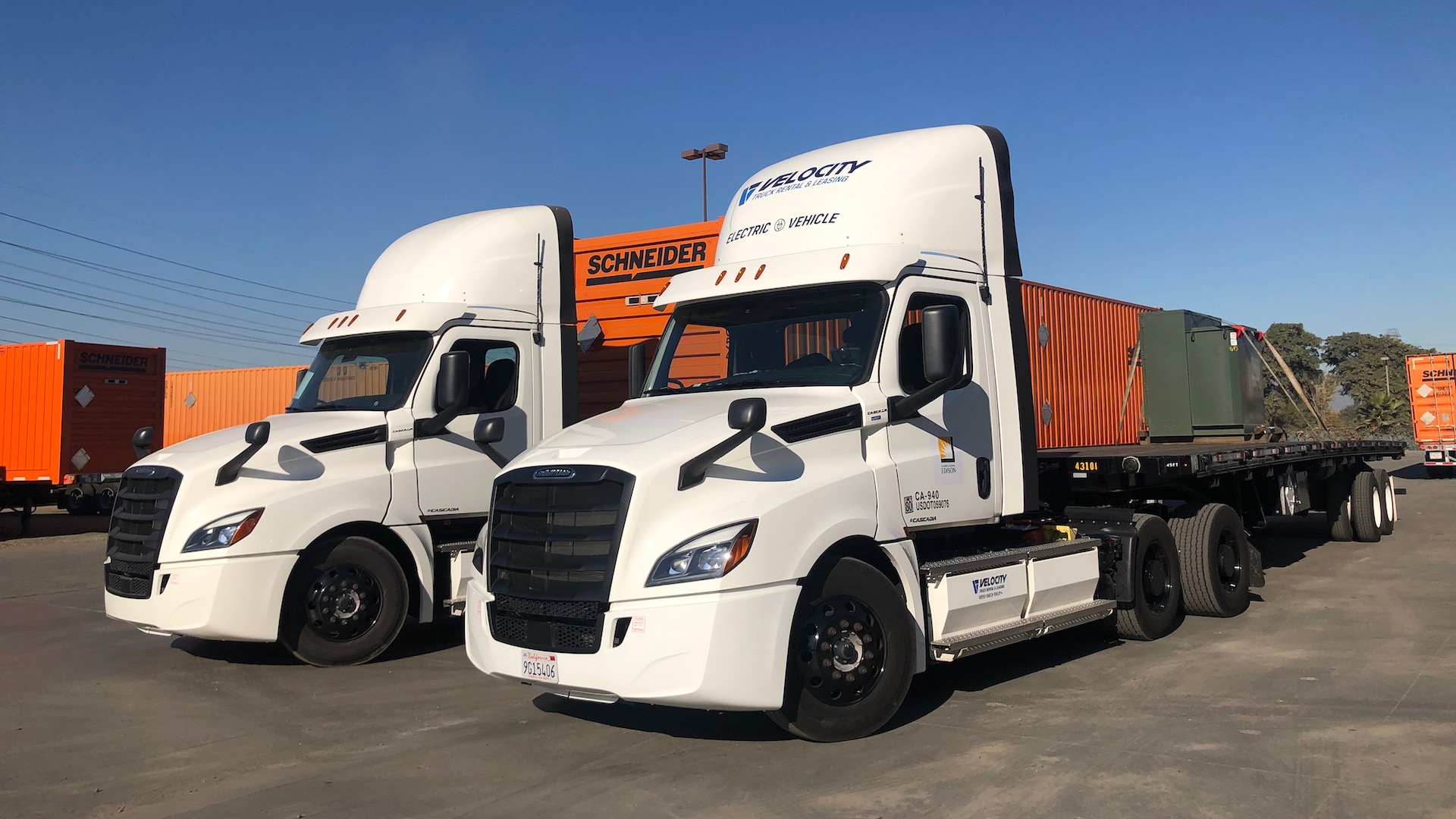

We may earn revenue from the products available on this page and participate in affiliate programs. Learn more ›
The United States’ heavy-duty vehicles are significant contributors to climate change, emitting nearly a quarter of our country’s transport-sector greenhouses gases, and the largest proportion of illness-causing NOx. Any reasonable climate plan will involve cutting these back, and that’s something the Biden Administration took steps toward on Monday. It’s aiming to achieve this with funds from the cut-down $1 trillion infrastructure bill and proposed legislation that could shrink heavy-duty vehicle emissions by 90 percent.
The White House declared Monday in a release that the Infrastructure Investment and Jobs Act—also known as the Bipartisan Infrastructure Law—will provide a one-off boost of $5.5 billion for low- or no-emissions transit vehicles. $2.2 billion will be distributed to 35 transit agencies across 18 states, with the Department of Transportation getting $1.1 billion, plus another $372 million under the Bus and Bus Facilities program. The Department of Energy will get $127 million for developing battery- and hydrogen-powered trucks, while another, more marginal $17 million will be earmarked for the Environmental Protection Agency to replace diesel buses with electric ones, in part in “underserved communities.”

Divesting heavy-duty vehicles from emissions is seen by the White House as means to improve communities’ air quality, a problem that disproportionately affects nonwhite working-class Americans. The EPA believes it can partially alleviate this with a proposed rule restricting medium- and heavy-duty trucks’ NOx emissions by up to 90 percent in 2031, updating standards last amended over 20 years ago. If enacted, the EPA says this could save 2,000 lives annually, eliminate 6,700 emergency room or hospital visits, prevent 18,000 cases of childhood asthma, 78,000 missed days of work, and 1.1 million missed days of school.
Such is why the Biden Administration has committed to all newly acquired light-duty federal vehicles being emissions-free by 2027, a standard by which medium- and heavy-duty federal vehicles must abide by 2035 per Executive Order 14057. By that point, a study from the National Renewable Energy Lab suggests zero-emissions vehicles will equal the operating costs of diesels.
Those who have read the Intergovernmental Panel on Climate Change’s 2022 report, however, may feel this action qualifies not just as too little, too late, but also to some degree performative. As summarized by The Guardian, the more than 3,000-page report forecasts 3.6 billion people (nearly half the world’s population) being “highly vulnerable” to the effects of climate change. To toss $5.5 billion at future federal vehicles while rubber-stamping another $778 billion for our military (reportedly one of the planet’s top institutional polluters) comes across as classic politicking, rather than addressing a problem that Pew Research found a supermajority of Americans agree needs tackling—and soon.
Got a tip or question for the author? You can reach them here: james@thedrive.com
